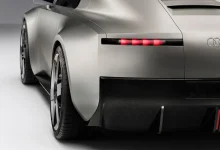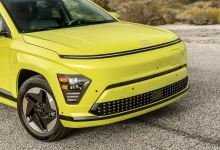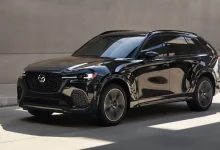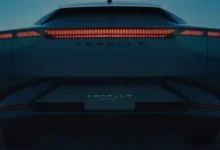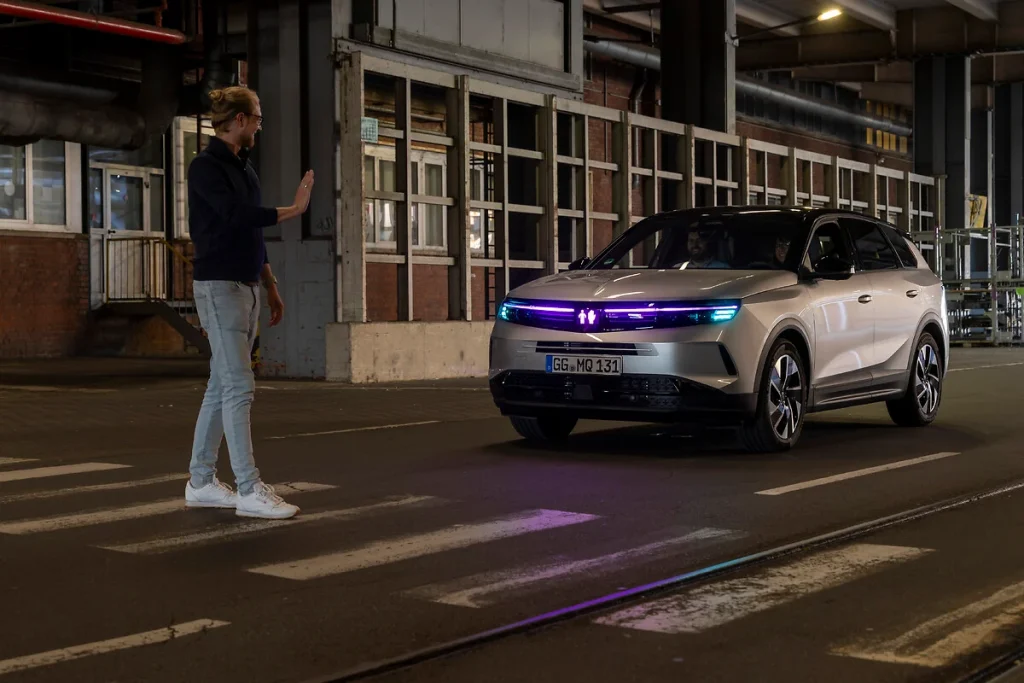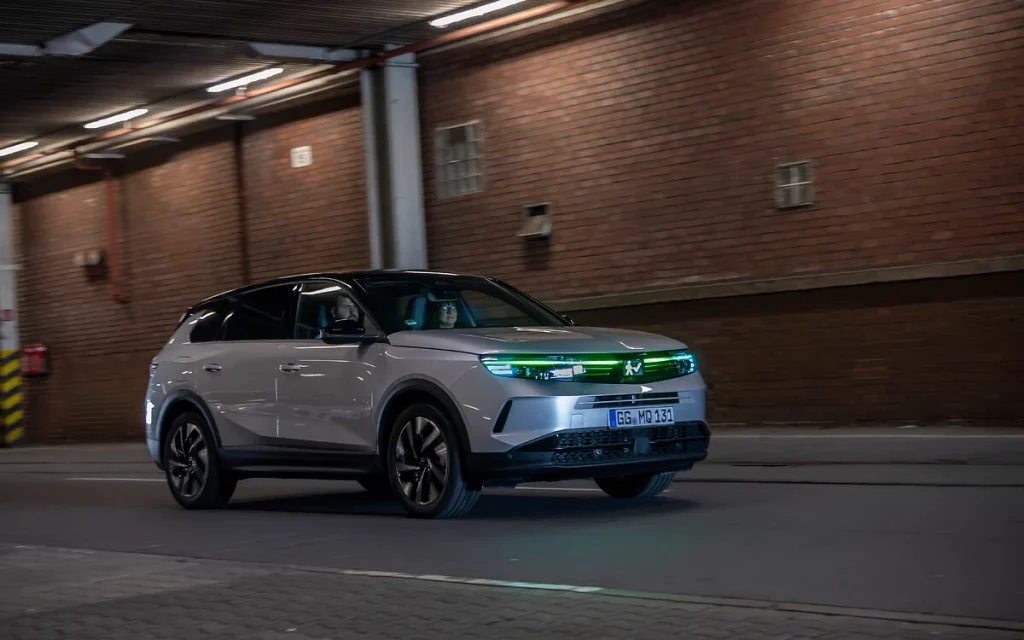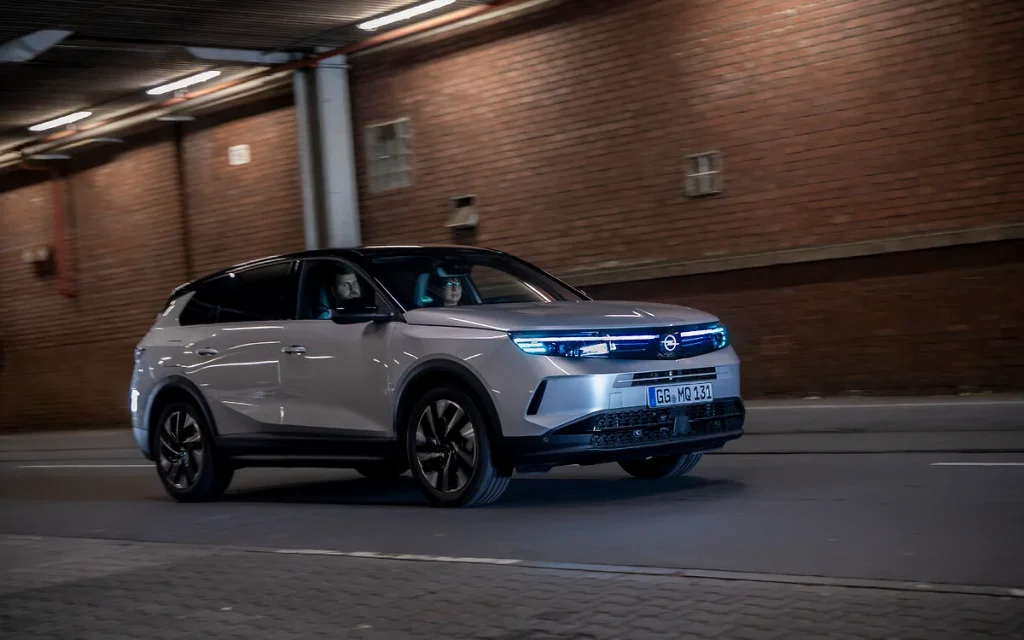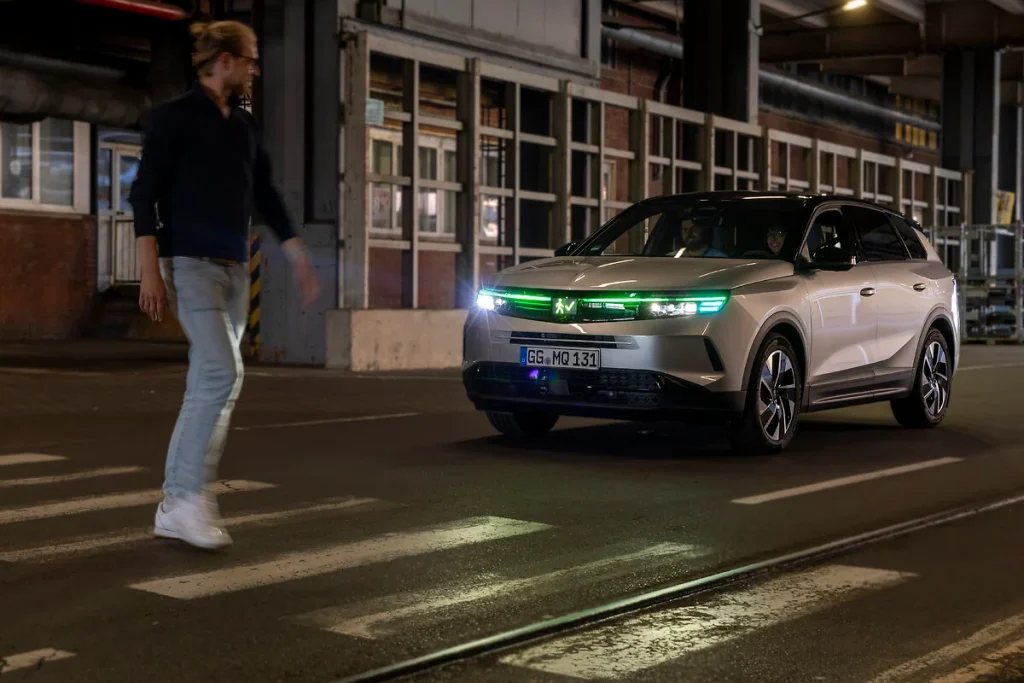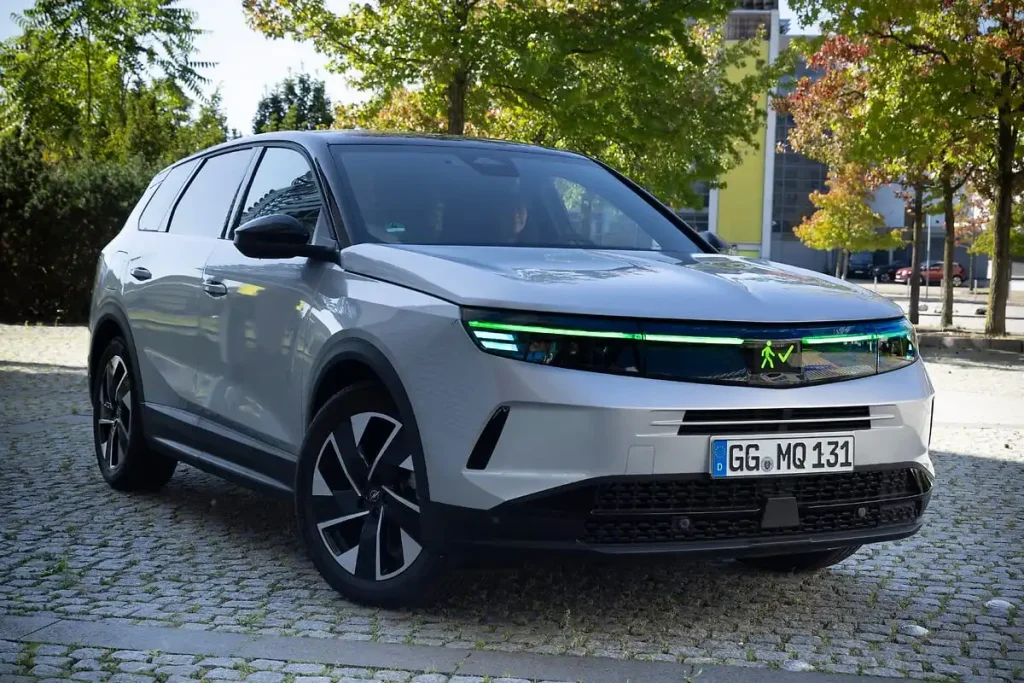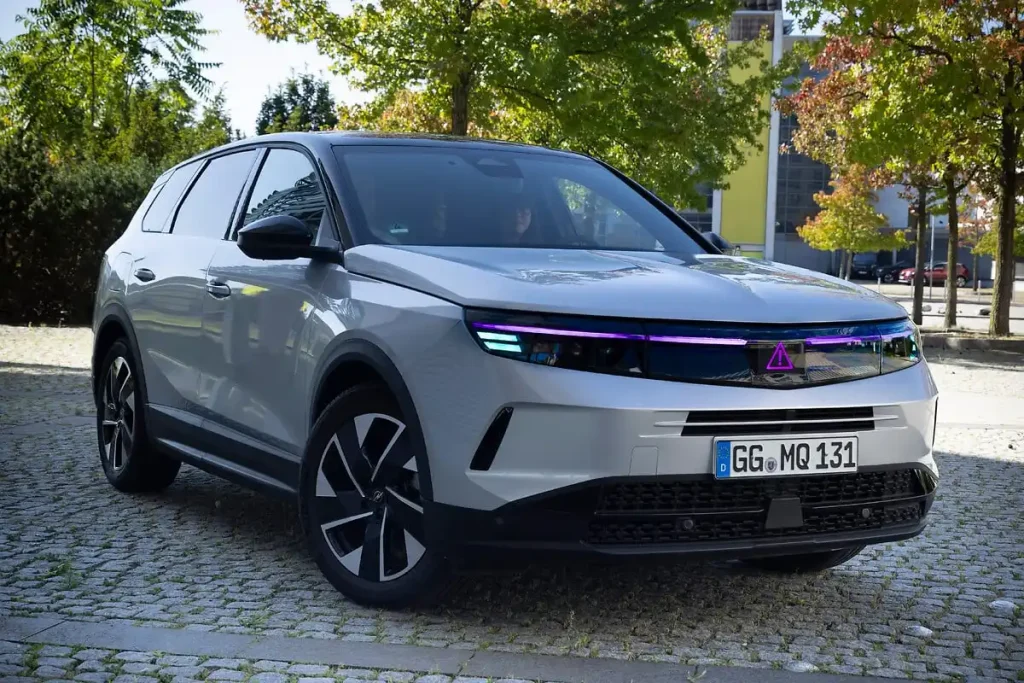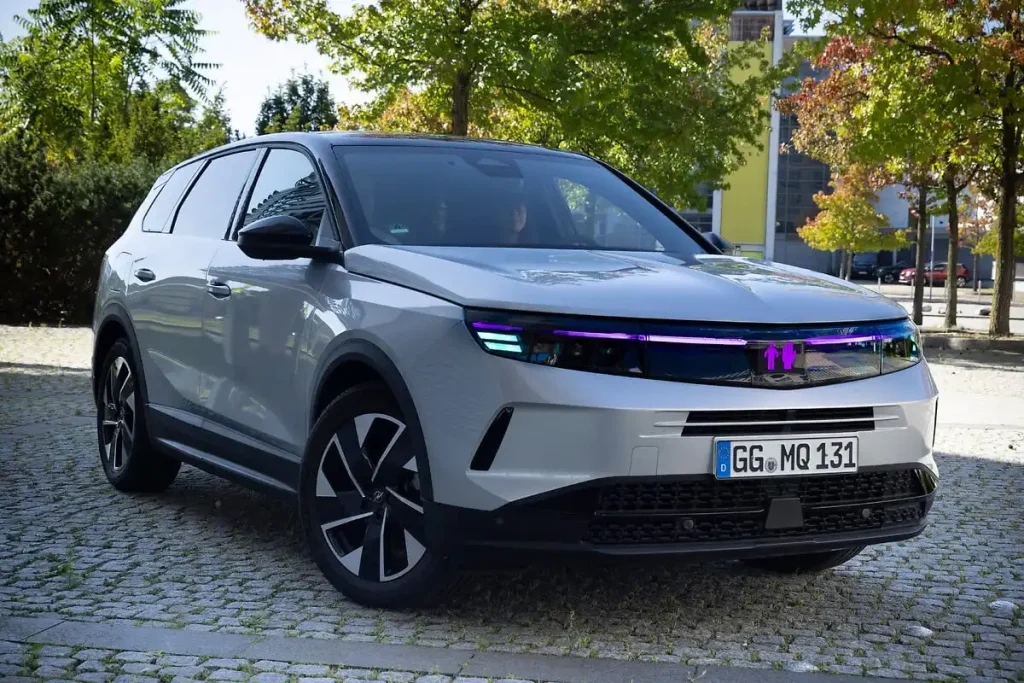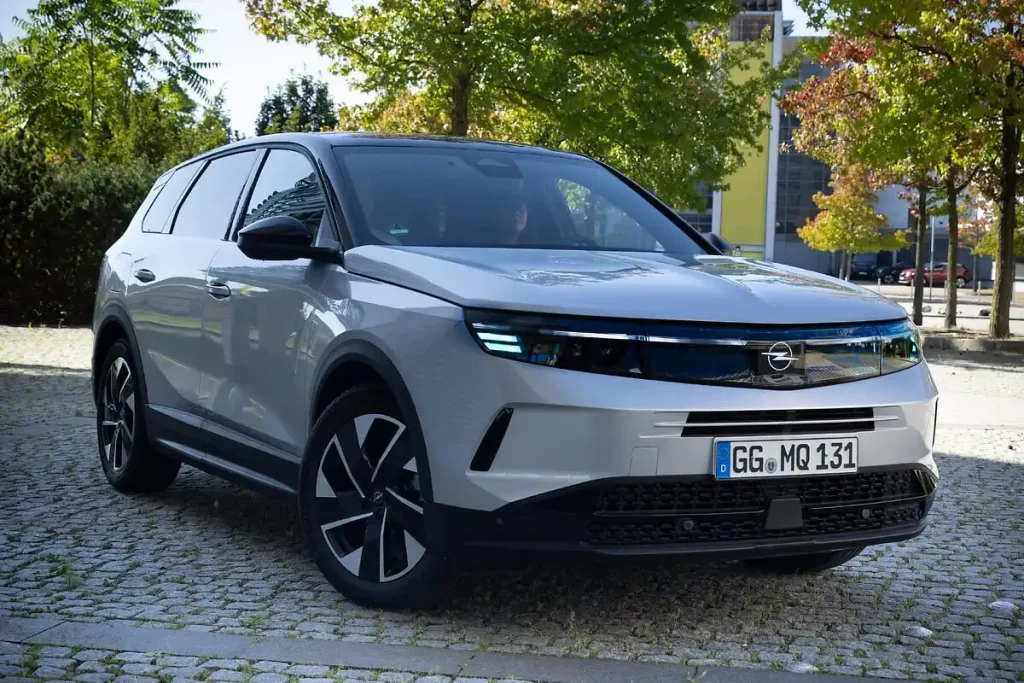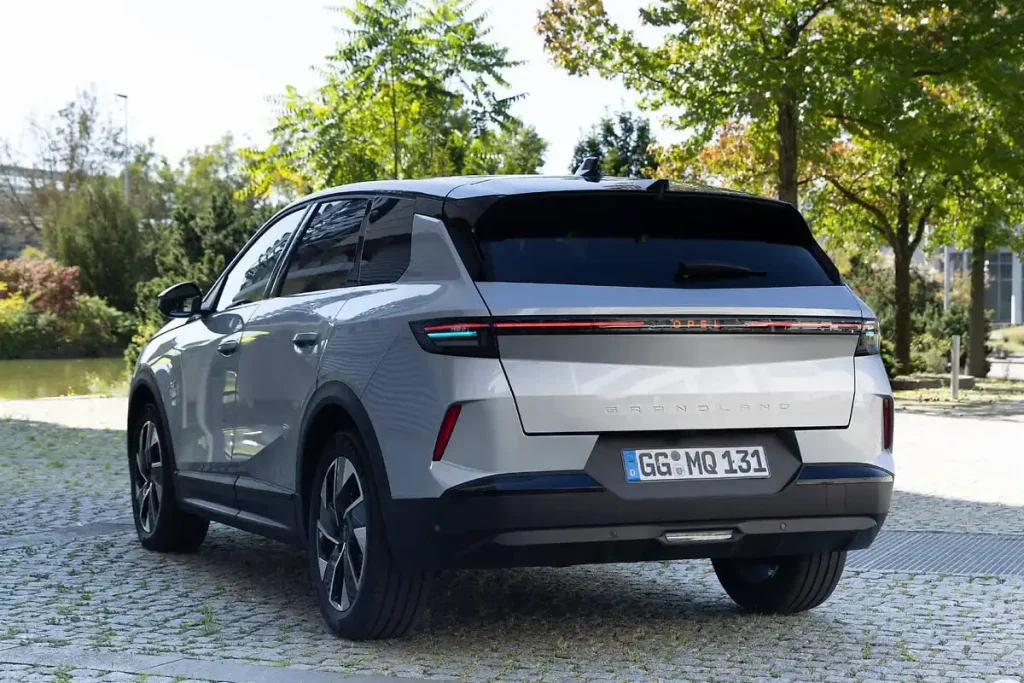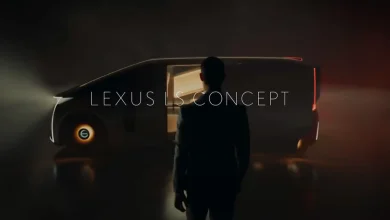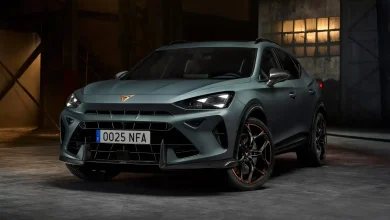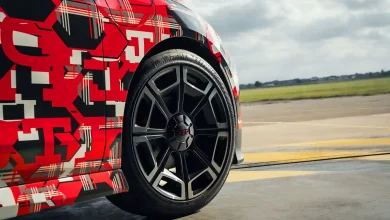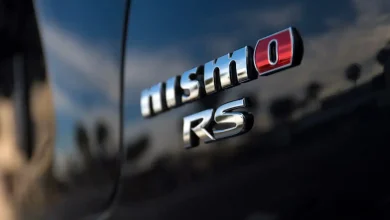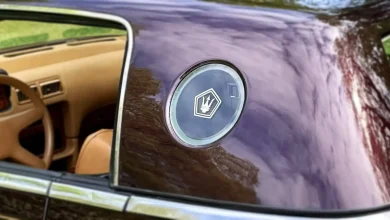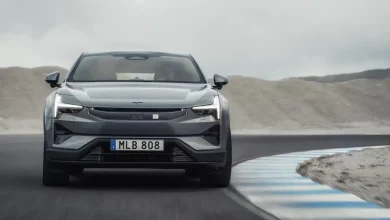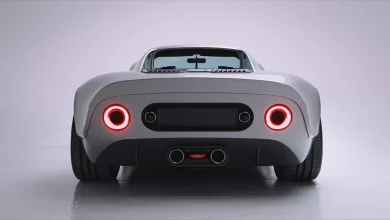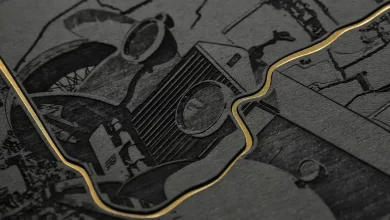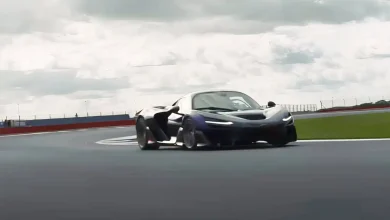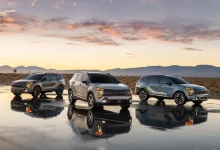Opel Trials AI-Driven Lighting Technology
The setup helps cars “talk” to the world around them.
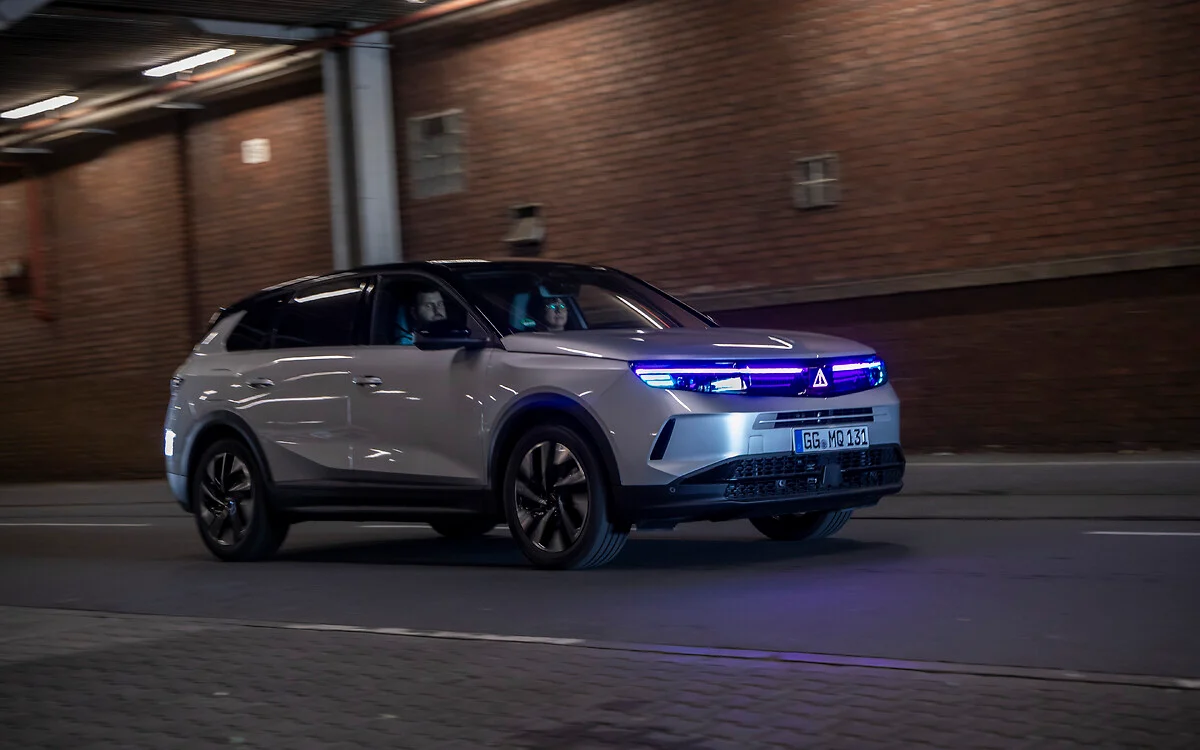
Headlights have long been basic: just two beams shining forward, occasionally paired with fog lamps for poor weather. Opel believes there’s untapped potential in vehicle lighting. The automaker is reimagining headlights as more than just functional tools, aiming to enhance safety, visibility, and even the car’s overall aesthetic. By integrating advanced technology, these lights could adapt to driving conditions, communicate with other vehicles, or improve nighttime road awareness. Opel’s vision transforms headlights from mere illumination devices into intelligent systems that contribute to both driver confidence and road safety, signaling a new era in automotive lighting design.
The German automaker, a member of Stellantis, is exploring how AI-driven lighting systems could one day enable vehicles to “communicate” more effectively with pedestrians, cyclists, and fellow drivers.
Demonstrated on an Opel Grandland concept, the project combines adaptive headlights with advanced materials and AI recognition software. The system could project visual cues or highlight potential hazards—such as pulsing lights to alert a pedestrian in a crosswalk or illuminated door panels to warn a driver against opening into a passing cyclist. Opel is also exploring the use of electrochromic materials inside the cabin, allowing interior surfaces themselves to light up as safety warnings.
Visibility is another focus. Opel has demonstrated how external camera feeds could be projected inside the car, giving drivers a clearer view of blind spots. Paired with AI trained to detect humans, animals, or obstacles in low light, the headlights evolve into a full-fledged communication system.
While other automakers—such as Mercedes-Benz, Audi, and Volvo—have experimented with using lighting as a communication tool, Opel AI integration allows the car to automatically determine when different lighting modes, techniques, and signals should be deployed.
As vehicles take on more of the “responsibility” of driving, they will also need improved ways to communicate with those inside and around them. Opel experiments indicate that this conversation could begin with light.
